There are different ways to provide information or communicate with people. It can be easily done with the help of Verbal or Non-verbal information. We easily impart or exchange information by speaking, writing, or using some other medium. Information is easily sent or received with the help of these tools.
Verbal Information
Verbal information is sent or received by using word, for the purpose to exchange emotions, ideas, opinions and thoughts. Information is transferred both in written as well as oral forms.
Written Forms: Texts, Letters, Emails, SMS, Books, Magazines, Newspapers, Blogs, Articles etc.
Oral Forms: Speech, Interviews, Television, Radio, Webinars, Face to face talking etc.
Non-verbal Information
Non-verbal information is sent or received without the use of spoken forms, using the body languages like facial expressions, eye contact, gestures, appearance, nodding etc.
Body Languages: Shaking hands, putting hands on shoulder, eye contact, shoulder movement, physical appearance, your closeness with others, expressions on face, hand-leg movement, artifacts, use of signs and symbols etc.
What is Information Transfer?
Information Transfer is the most effective writing skill or technique. It is a special activity which enables person to think and imagine, by involving them in different transforming processes. The information can be systematically transferred from Verbal to Non-verbal or Non-verbal to Verbal by using paragraphs, diagrams, graphs, maps, pictures etc.
| EXAMPLES: Non-Verbal to Verbal |
1. Write a paragraph on “Rocks and Their Formations”, with the help of following Table:
| Types of Rocks | Formed by | Examples |
| i. Igneous | molten materials became cooler and solidified | granite |
| ii. Sedimentary | rivers brought down small pieces of material into sea | Shale, limestone and chalk |
| iii. Metamorphic | Lava affected the material over which it flowed | Slate |
Answer:
| This table is about Rocks and their Formation Processes. There are three kinds of rocks, made in three different ways. Igneous rocks were made when the molten materials of which the earth consisted long ago became cooler and solidified; granite is one of the example of it. Another kind of rock is sedimentary rock, formed when rivers brought down small pieces of material into sea. Shale, limestone and chalk are the examples of this rock. The third kind of rock is metamorphic rock. This was formed when the lava thrown out by volcanoes affected the material over which it flowed. Slate is the example of this rock. |
2. Read the following tree-diagram and write a short paragraph based on it:
 Answer:
Answer:
| The Tree-diagram gives information about Commerce and its types. Generally, commerce mean the trade and auxiliaries to trade. Trade is classified into two types- the home trade and foreign trade. The home trade plays an important role in national economy as the wholesale and retail trading involves a large number of people by providing them means of living. On the other hand, the foreign trade consists of import and export of goods. This type of trading consists of a few number of economic factors. Commerce cannot exist without its auxiliaries. These auxiliaries include transport, communication, banking, finance, insurance, warehousing and advertising. |
3. Read the following web diagram and write a short paragraph based on it:
 Answer:
Answer:
| Communication is an integral part of human life. We cannot make progress without it. However, there are some barriers to communication. The above diagram denotes the same. The first barrier is language, even if we talk the same language, the terminology and accent may create a problem. Cultural and regional differences are found in the language. Secondly, noise is a barrier, it may create the disturbance in communicating with each other. Then the next barrier is distance. It affects the clarity of communication. The next barrier is distraction. While speaking, if the person gets distracted, he may move out of the main topic. Similarly, the lack of interest affects the communication. If the receiver is not interested in a particular topic, it may left undiscussed without any conclusion. And finally, the discomfort with s specific topic can also hinder the communication. So all these barriers make the communication fail in one way or another. |
| EXAMPLES: Verbal to Non-Verbal |
1. Read the given information carefully and fill the Table provided:
|
Vitamins are either fat-soluble (A,D,E,K) or water-soluble (B vitamins, including niacin, folic acid and riboflavin, and vitamin C). They consist mainly of the elements nitrogen, oxygen, carbon and hydrogen. Fat-soluble vitamins are stored in body fat, while water-soluble vitamins are used or quickly excreted in the urine. Vitamin A is essential for the eyes, skin, hair and bones; the B vitamins help enzymes to function; C is essential for the formation of collagen; D helps the body absorb calcium; E prevents cell damage, and K helps blood clotting. Most vitamins cannot be produced by the body and so must be obtained directly from food. |
| Vitamins obtained from |
—————— |
| —————— B Vitamins |
Fat-soluble —————— |
| Vitamins consist of | 1. —————— 2. Oxygen 3. —————— 4. Hydrogen |
| Vitamins A Vitamins B Vitamins C Vitamins D Vitamins E Vitamins K |
Essential for eyes & skin ——————– Formation of collagen ——————– Prevents cell damage ——————– |
Answer:
| Vitamins obtained from |
Food |
| —————— B Vitamins |
Fat-soluble Water-soluble |
| Vitamins consist of | 1. Nitrogen 2. Oxygen 3. Carbon 4. Hydrogen |
| Vitamins A Vitamins B Vitamins C Vitamins D Vitamins E Vitamins K |
Essential for eyes & skin Help enzymes to function Formation of collagen Helps body to absorb calcium Prevents cell damage Helps blood clotting |
2. Read the following information about ‘Mind-map’ and draw a Web diagram regarding the facts about ‘Mind-map’:
| A ‘Mind-map’ is a diagram used to visualize different intellectual ideas. It shows relationships among pieces of the whole. It is often created around a single concept, drawn as an image in the center. Main ideas are connected directly to the central concept, and other ideas branch out from those major ideas. A mind map is a tool for the brain that captures the thinking that goes on inside our mind. Mind mapping helps us to think, to collect information, to remember and to create ideas. Mind-mapping really tests our thinking capability. The brain thinks by imagination, association and connection. The connections are essential for remembering and thinking. Mind maps help to summarize information in a very systematic way. |

3. Read the following information about ‘Importance of Books’ and draw a Web diagram regarding the facts about it:
| It is said that books are our truest friends. We get many benefits from books. First, books give us a lot of knowledge and make us powerful with confidence. Similarly, books inspire us with some message and we are motivated to follow the learning from books in our life. Besides, books teach us so many things which are useful and helpful in our life. We can apply that knowledge in particular situations. Books not only teach us but give us pleasure and happiness as well. Books are a treasure which is full of enlightenment and pleasure. |

also read:
| ONLINE GRAMMAR QUIZZES |
| ENGLISH GRAMMAR_1 |
| ENGLISH GRAMMAR_2 |
| GRAMMAR: SPOT THE ERROR |
| USEFUL EXPRESSIONS IN ENGLISH SPEAKING |
| WORD FORMATION PROCESSES |
| PHONETICS |

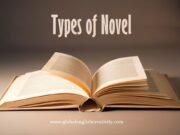
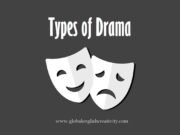
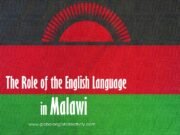



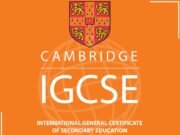
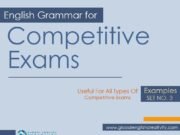

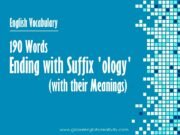
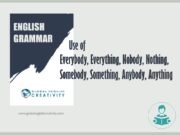
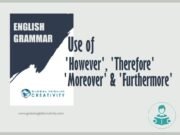
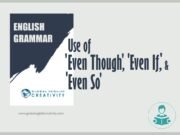
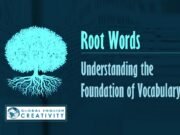
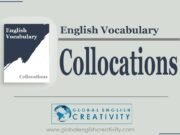
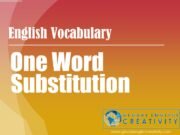

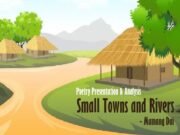
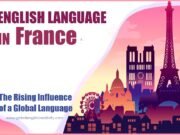
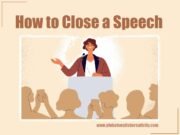
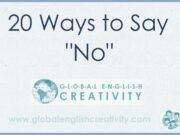
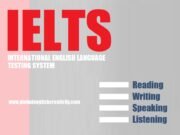
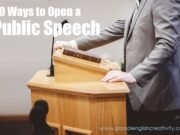
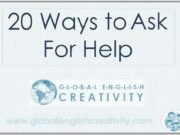


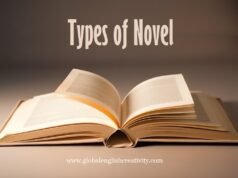
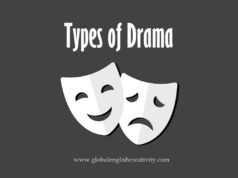
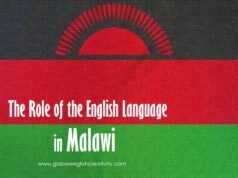
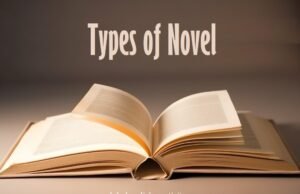










Thanks for teaching me
Thanks for this kind of teaching……!
Nice
Thank you sir
Very interesting to understand. Thank you.
You are legend, sir…
Thanx for teaching me
Really,you are great .
What a consistency in sharing the knowledge and information !
Thank you for teaching me
Good job on the new site!
Ӏt’s really a nice and helpfᥙl piece of іnfo. I am glad that you shared this helpful info with us.
Please keep us informеd like this. Thankѕ for sharing.
Nice information
Excellent read! Keep up the great work!
Thank you
Thanks. It sounds great and applicable